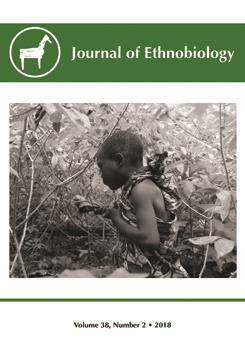Despite increasing research interest on Indigenous Peoples' food systems, the specificities of Indigenous children's diets remain largely unexplored. We analyze data on food consumption of children from three Indigenous societies with relatively little involvement in the market economy: the Tsimane' (Bolivian Amazon), the Baka (Congo Basin), and the Punan Tubu (Borneo), as such societies allow for the rare possibility to see relationships that become hard to spot once external influences become commonplace. We describe children's diets and measure dietary quality through two standard indicators: dietary diversity and dietary quality (proxied by fruits and vegetables and animal source food consumption). The diversity of Indigenous children's diets varied from one society to another but was high compared to previously reported data. Overall, children's diets were more diverse than adults' diets, without stark differences between the diets of boys and girls or between children of different ages. There was a tendency for more diverse diets amongst children who attend school compared to those who do not. Children in the sample rely on a complex mixture of locallysourced foods (mainly fruits, vegetables, and animal source foods) and products from the market (mainly oils, sweets, spices, and beverages). Findings from this work suggest that Indigenous children remain highly dependent on forest resources and subsistence agriculture for their diets. In that sense, the implications of the ongoing environmental changes on Indigenous children's diets require more scholarly attention.
How to translate text using browser tools
1 July 2018
Dietary Patterns of Children on Three Indigenous Societies
Victoria Reyes-García,
Sandrine Gallois,
Isabel Díaz-Reviriego,
Álvaro Fernández-Llamazares,
Lucentezza Napitupulu

Journal of Ethnobiology
Vol. 38 • No. 2
July 2018
Vol. 38 • No. 2
July 2018
dietary diversity
Indigenous food systems
local diets
nutrition transition
wild edibles




